From pv Global
Researchers from the Hong Kong Polytechnic University have created a photovoltaic balustrade for deployment on building rooftop edges.
“The system integrates vertical bifacial PV modules directly onto rooftop balustrades,” the research’s corresponding author, Lin Lu, told pv magazine.
“A key feature is the optional reflective surface that amplifies reflected irradiance. The vertical orientation reduces mutual shading between modules and optimizes space usage, while the rooftop edge location ensures minimal obstruction from surrounding structures.”
In the study “Vertical bifacial solar photovoltaic balustrades for low-carbon buildings: A numerical analysis of energy performance,” published in Renewable Energy, the system is described as promising for scalable deployment in urban environments, particularly with the rise of high-albedo “cool roofs” and radiative cooling technologies.
The experimental setup consisted of a series of vertical bifacial PV modules with varying orientations and bifaciality factors. The modules were assumed to be based on passivated emitter rear contact (PERC), heterojunction (HJT), and tunnel oxide passivated contact (TOPCon) cell technology.
Using a multi-physics approach, the group modeled coupling optical, thermal, and electrical dynamics to simulate real-world performance under varying conditions.
“Our numerical analysis revealed several key outcomes,” Lu explained. “First, roof albedo and module orientation were critical drivers of performance. High albedo combined with reflective surfaces increased bifacial gain up to 2.04 for HJT modules, substantially outperforming PERC technology. This gain exceeds typical literature values due to the system’s ability to harness roof-reflected irradiance on one side.
Furthermore, the scientists found that the system demonstrates direction insensitivity.
“North-facing orientations maximised bifacial gain, while east/west orientations maximised power output, making it adaptable across latitudes,” Lu stressed.
“This significant performance advantage and orientation adaptability indicate superior installation potential compared to monofacial systems.”
“Compared with PERC technology, TOPCon and HJT technologies show an increase in power output of approximately 8% and 17%, respectively. In addition, bifacial gain rises by 15% and 30% for TOPCon and HJT,” the paper reads.
Looking forward, the group intends to use spectrally engineered coatings capable of steering solar photons enable simultaneous albedo enhancement and spectrum conversion.
“These coatings provide a promising approach to further amplify roof-reflected irradiance for bifacial PV systems by not only increasing surface reflectivity but also optimising the spectral matching between reflected light and PV cell responsivity,” Lu said.
“Our next phase will prioritise applying the newly developed spectrally engineered coatings to rooftops, enhancing bifacial PV balustrade performance and accelerating practical deployment through demonstration projects in Hong Kong,” she concluded.
This content is protected by copyright and may not be reused. If you want to cooperate with us and would like to reuse some of our content, please contact: editors@pv-magazine.com.

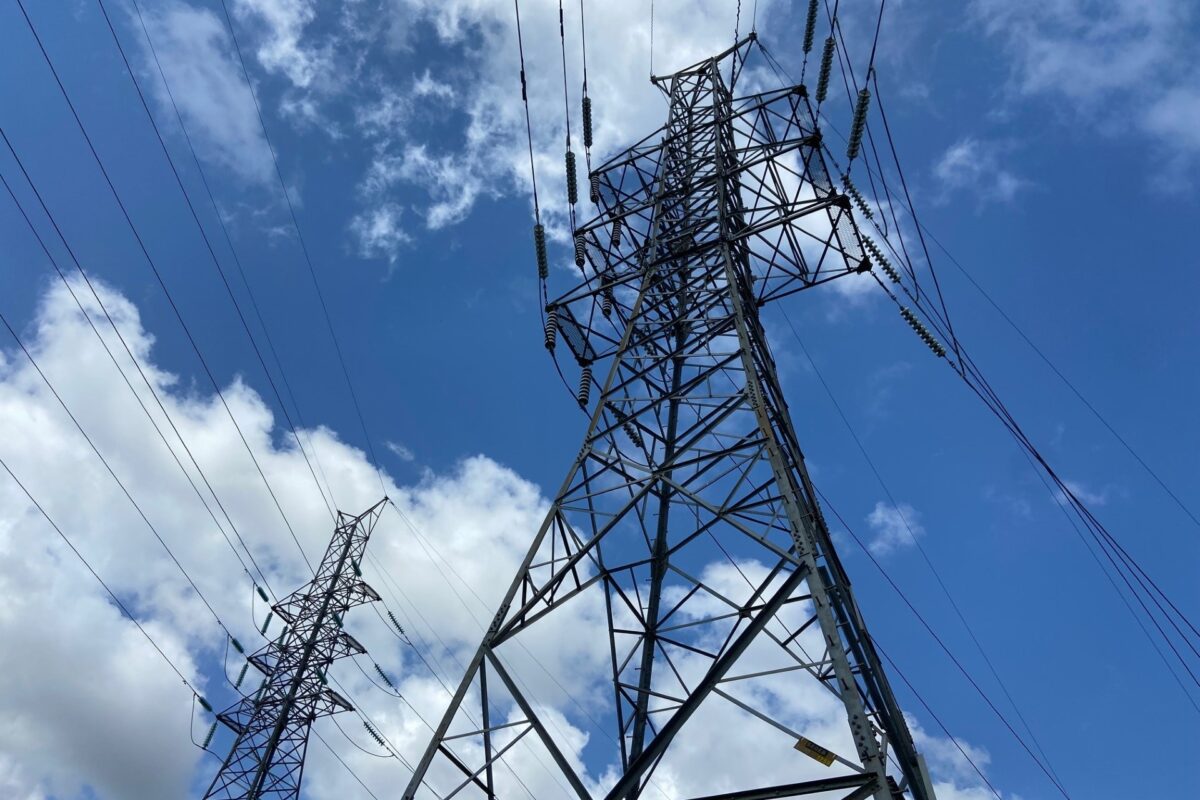


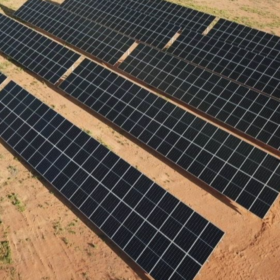

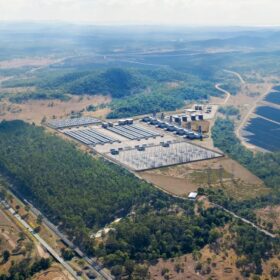
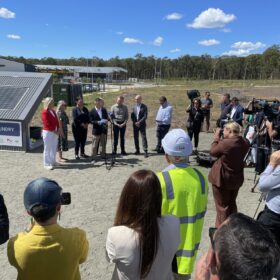
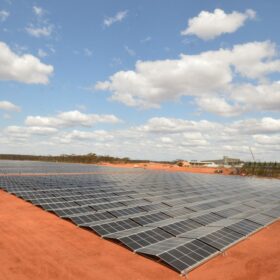
By submitting this form you agree to pv magazine using your data for the purposes of publishing your comment.
Your personal data will only be disclosed or otherwise transmitted to third parties for the purposes of spam filtering or if this is necessary for technical maintenance of the website. Any other transfer to third parties will not take place unless this is justified on the basis of applicable data protection regulations or if pv magazine is legally obliged to do so.
You may revoke this consent at any time with effect for the future, in which case your personal data will be deleted immediately. Otherwise, your data will be deleted if pv magazine has processed your request or the purpose of data storage is fulfilled.
Further information on data privacy can be found in our Data Protection Policy.